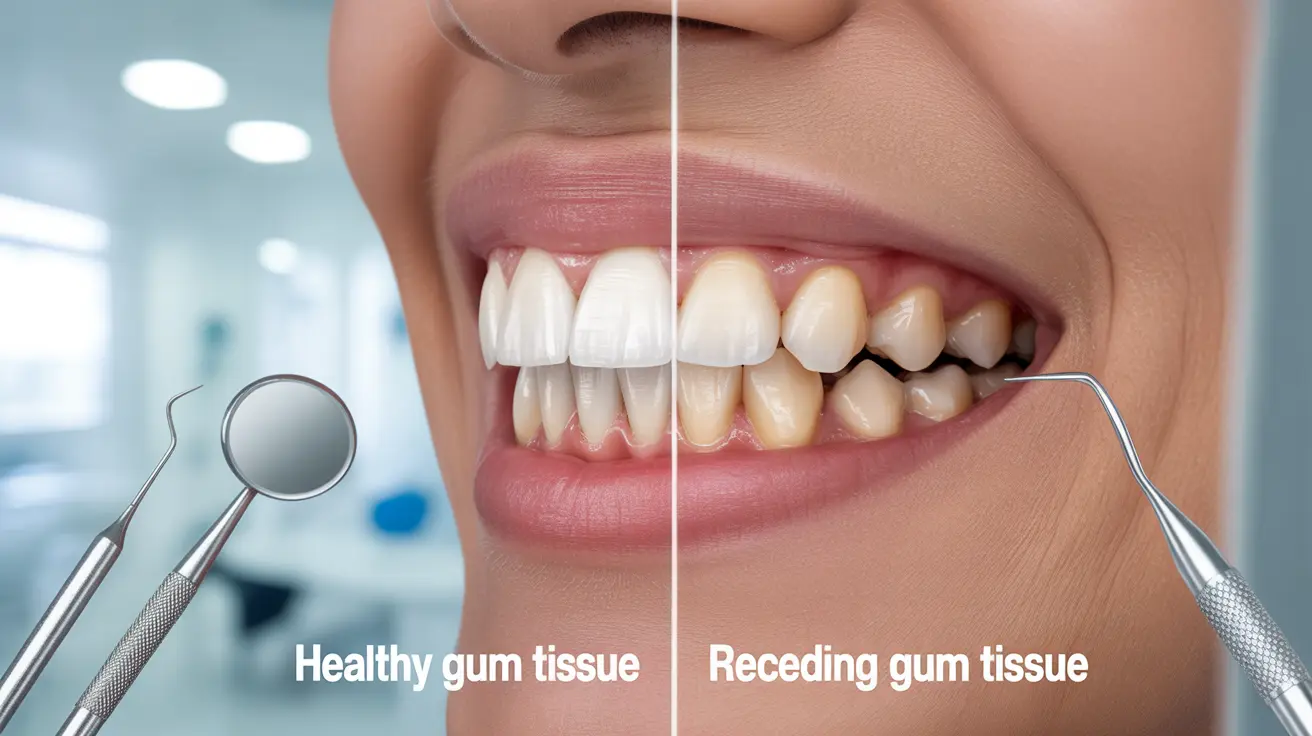Gum recession is a common dental concern that affects many adults, often causing anxiety about whether damaged gum tissue can regenerate. Understanding the reality of gum regrowth and available treatments is crucial for maintaining optimal oral health and preventing further complications.
While completely natural gum regeneration is not possible once recession occurs, various professional treatments and preventive measures can help manage and improve the condition of receding gums. Let's explore what you need to know about gum recession, available treatments, and ways to protect your gum health.
Understanding Gum Recession
Gum recession occurs when the margin of gum tissue surrounding the teeth pulls back or wears away, exposing more of the tooth root. This condition can lead to sensitivity, aesthetic concerns, and increased risk of tooth decay and loss if left untreated.
Common Causes of Gum Recession
Several factors can contribute to gum recession, including:
- Aggressive tooth brushing
- Poor oral hygiene
- Periodontal disease
- Genetic predisposition
- Hormonal changes
- Misaligned teeth
- Tobacco use
- Age-related changes
Professional Treatment Options
While gums cannot naturally grow back, dental professionals offer several effective treatments to repair and restore receded gum tissue:
Gum Grafting Surgery
The most common surgical treatment for severe gum recession is gum grafting. This procedure involves taking tissue from another area of your mouth (usually the palate) and attaching it to the affected area to cover exposed tooth roots and restore gum volume.
Pinhole Surgical Technique
This minimally invasive alternative to traditional gum grafting involves making tiny holes in the gum tissue and gently repositioning it to cover exposed root surfaces. This technique often results in faster healing and less discomfort compared to conventional grafting.
Preventing Further Gum Recession
Taking proper care of your gums is essential for preventing additional recession:
- Use a soft-bristled toothbrush
- Practice gentle brushing techniques
- Maintain regular dental check-ups
- Address teeth grinding or misalignment
- Quit smoking or using tobacco products
- Maintain good oral hygiene habits
The Role of Professional Dental Care
Regular dental visits play a crucial role in managing gum health. Your dentist can:
- Monitor gum recession progression
- Perform professional cleanings
- Identify early signs of periodontal disease
- Recommend appropriate treatments
- Provide personalized oral care guidance
Frequently Asked Questions
Can receding gums grow back on their own or with treatment?
No, receding gums cannot grow back naturally. However, professional treatments like gum grafting can repair and restore receded gum tissue, effectively covering exposed tooth roots and improving both function and appearance.
What causes gums to recede and how can I prevent gum recession?
Gum recession can be caused by aggressive brushing, poor oral hygiene, periodontal disease, genetics, and other factors. Prevention includes proper brushing technique, regular dental care, and addressing underlying issues like teeth grinding or misalignment.
What professional treatments are available to restore receding gums?
Professional treatments include gum grafting surgery, the pinhole surgical technique, and scaling and root planing. The most appropriate treatment depends on the severity of recession and individual patient factors.
Do natural remedies like oil pulling or aloe vera help regrow gums?
While natural remedies may support overall gum health, they cannot regenerate receded gum tissue. These methods might help prevent further recession but should not replace professional dental care.
What are the risks if gum recession is left untreated?
Untreated gum recession can lead to increased tooth sensitivity, root decay, tooth loosening, and potentially tooth loss. It may also result in aesthetic concerns and impact overall oral health.




